It’s shaping up to be another quiet month on here. December is the tiredest month, after all: next week it’s Christmas itself, last week it was the office party, and in between I am at home worrying whether all the presents will get delivered in time. Time, then, to pull another old post from the backlog of drafts and get it into some sort of shape.
On Twitter over the past couple of years, it seems as if some arguments or some topics seem to come around, be propelled back into the spotlight, on a very routine and predictable schedule. An example in point: the multimillionaire writer Joanne Rowling, who seems to be unable to avoid the temptation to say controversial things on the internet which seem to have alienated huge swathes of her previous fanbase. As I said, Rowling is a multimillionaire, multimillionaires can afford expensive lawyers, and as such I am carefully stepping around the things she has said—which I, personally, have found genuinely very offensive—without describing or repeating them. In any case, offensive words are best left to wither away and drift off unheard into the wind.
The point of this post, though, is to write more about Rowling’s work than her political beliefs. It’s to say, out loud, something I’ve hinted at on here before, but never actually said out loud for fear of offending people. A dark secret, you could call it. I don’t have to go around throwing Potter merchandise or books in the bin, because I’ve never really thought Harry Potter was very good.
There, I said it. Harry Potter was never actually very good. I’ve kept quiet about this because I’ve had various close friends who, absolutely, adored it. My ex-partner H, for example, who had me take her to a midnight book launch event for the final book. Or Colleague Em, who I went to see one of the films with. I’ve still never seen all of the films, but did like their aesthetic* and did somewhat admire the way they turned a sow’s ear into, maybe not a silk purse, but something much more focused and better-structured than their source material.
My first memory of Harry Potter, the book series, is of seeing displays of the books in Waterstones in Edinburgh, back when the cover of the first was a slightly cartoonish drawing showing a steam train next to a modern InterCity one, so you can understand why it piqued my interest. I didn’t really find out what it was about, though, until a year or two later when the hype machine had started to kick in, and you started to see newspaper articles about how adults were furtively reading this “children’s book” on their morning commute. Part of that machine, you might have heard, was the whole story that she wrote the first book sitting in cafes in Edinburgh whilst living as a penniless single mother.
It was at this point I started to become wary. Back then, these stories often didn’t just talk about generic “Edinburgh cafes”. They talked about one specific cafe, Nicolsons, on the corner of Nicolson St and Drummond St. I knew it well: I spent four years studying within a stone’s throw of it, some of those years living within a stone’s throw of it too. I say “I knew it well”: I mean, I walked past it several times per day, and if you’d asked me directions to it, I’d have done fine. I went in it exactly once, the whole time I lived in Edinburgh, because when I lived there, it was the posh cafe in the area. It was the one that gave you mini doughnuts when you ordered a hot chocolate. It was certainly not one I could afford to go to very often. If I wanted to eat out I’d go to the City Restaurant,** or to a greasy spoon in Nicolson Square where I once received an unexpected shower from a sudden leak in the ceiling above me. If I wanted a coffee, I’d go home. Nicolsons? Too expensive for a student, even one with a grant and a part-time job. So I’ve always been somewhat suspicious.
Only today, as it happens, doing background reading for this blog post I discovered that Nicolsons belonged to someone in Rowling’s family at the time, and all of a sudden the story, or rather the promotion of the story, begins to make a little sense. I didn’t know that back at the time, of course; and a year or so before I left Edinburgh Nicolsons closed and was replaced with a Chinese restaurant. Other Edinburgh cafes picked up the mantle of claiming to be “the place where Harry Potter was written,” much as almost every town in Britain has a “Charles Dickens slept here” plaque if you look hard enough.
Aside from the whole question of where it was written, and how genuine that story was—which is somewhat irrelevant to the content of the books themselves—I was left entirely cold by descriptions of the story. Now, I can understand reading (or writing) books about magic. I can understand wanting to read P G Wodehouse, or to an extent even Enid Blyton.*** I was baffled by the concept of somebody wanting to write a school story in the modern, forward-thinking and progressive 1990s. Particularly a school story in which the boarding school itself was the place of safety, of order and authority, and of home. A book that posits that setting must surely be a deeply reactionary, conservative book, whichever political party the author is giving money to. Without ever reading the book, I already knew that much. As we’ve seen over the twenty-something years since, it turned out to be right.
You can see echoes of Rowling’s recent behaviour early on, in her response to whether or not it made sense for Kings Cross station to have a Platform 9 3/4, when at Kings Cross—like most large UK stations off the top of my head—platforms 9 and 10 face each other across a pair of tracks, rather than being back to back. From memory: her response was that she’d been thinking of Euston, from a time in her life when she regularly caught the train from there to Manchester. Which is fair enough, except that at Euston platforms 9 and 10 also face each other across a pair of tracks; and they’re only used by the local trains to Watford.**** It seemed odd at the time to double down rather than admit to a mistake or—as you might expect an author to do—admit to inventing something fictional in which the details don’t need to be strictly real and parallel with the real world. Nowadays, it seems more characteristic.
Harry Potter was an important part of many of my peers’ formative years. They—the ones that are my friends, at least—have distanced themselves from Rowling’s politics, and have learned to detach the art from its creator, much as I try to listen to the music of The Smiths without thinking of the politics of the lyricist. I don’t feel any pride in always being a wee bit suspicious of it, or in spotting these holes early on. Nevertheless, it does give me a slight advantage. Never having been fully into it, I don’t have to dissociate myself from it now. That’s something, I suppose.
* although A Series Of Unfortunate Events did the same aesthetic, better.
** Everyone who has lived on the South Side knows the City Restaurant; it’s an institution, although when I arrived in Edinburgh there were people who genuinely told me it just hadn’t been the same since they changed the chip fat in 1995.
*** I should add, I’ve never read any of Blyton’s “school stories”; the Famous Five books are all “what we did in our holidays” stories. I wondered even at primary school age, if you counted up the number of Famous Five books and the number of school holidays you get per year, surely they must be into their twenties by the end?
**** Edinburgh didn’t even really have a platform 9 back when Harry Potter was being written, in case you were wondering if that was the source. Back then, the only platform numbers under 10 were 1 and 7, a relict of the way train services eastwards and southwards from Edinburgh had been cut back in the 1960s. The track for platforms 8 and 9 survived, as little stubs used in the daytime to store the engines used by some of the overnight sleeping car trains to the north of Scotland which split or joined portions in Edinburgh in the middle of the night.
Keyword noise: books, literature, Harry Potter, J K Rowling, Edinburgh.

 Home
Home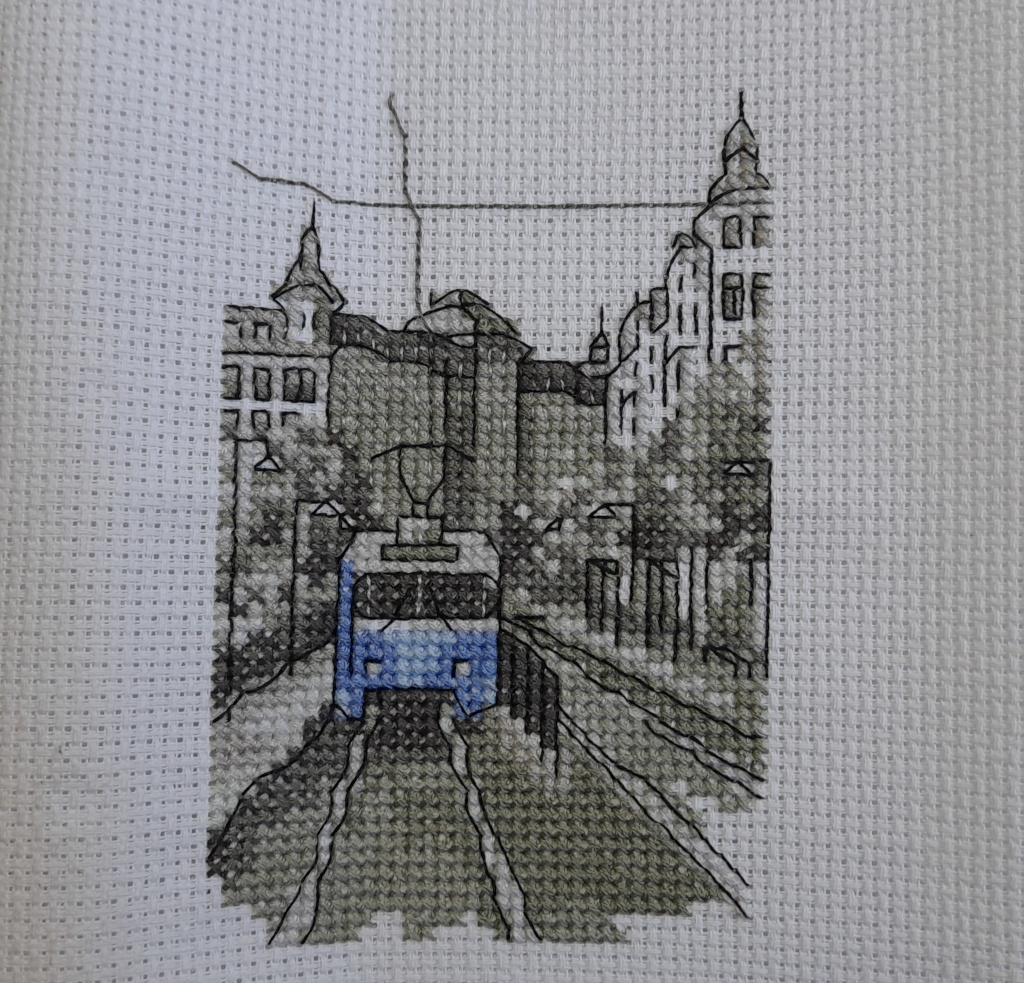
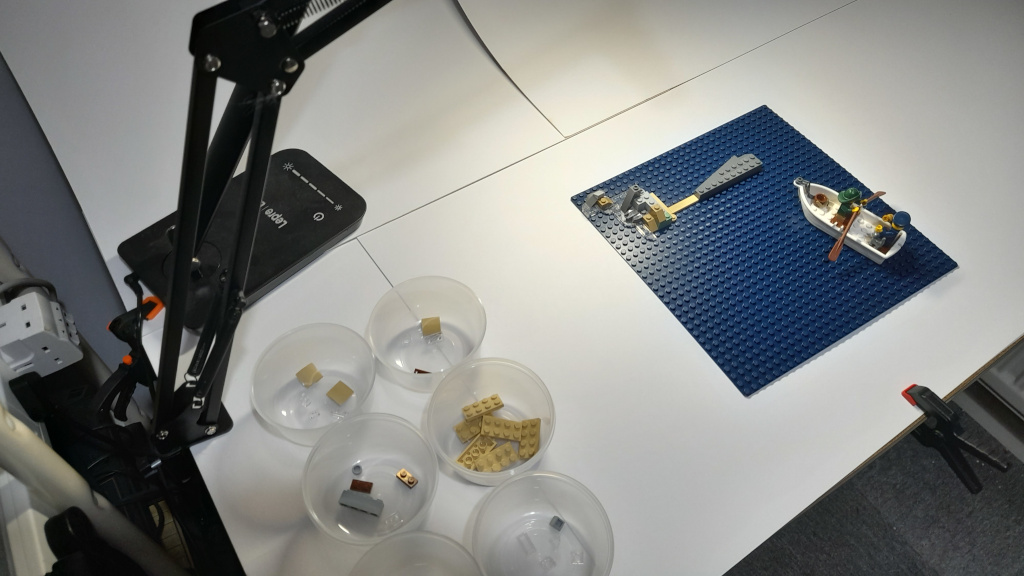
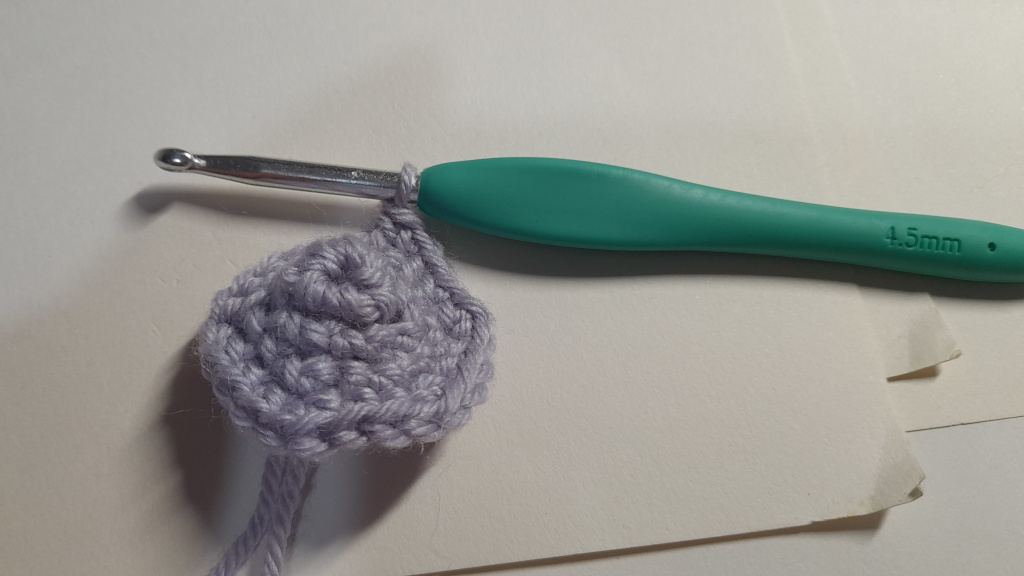

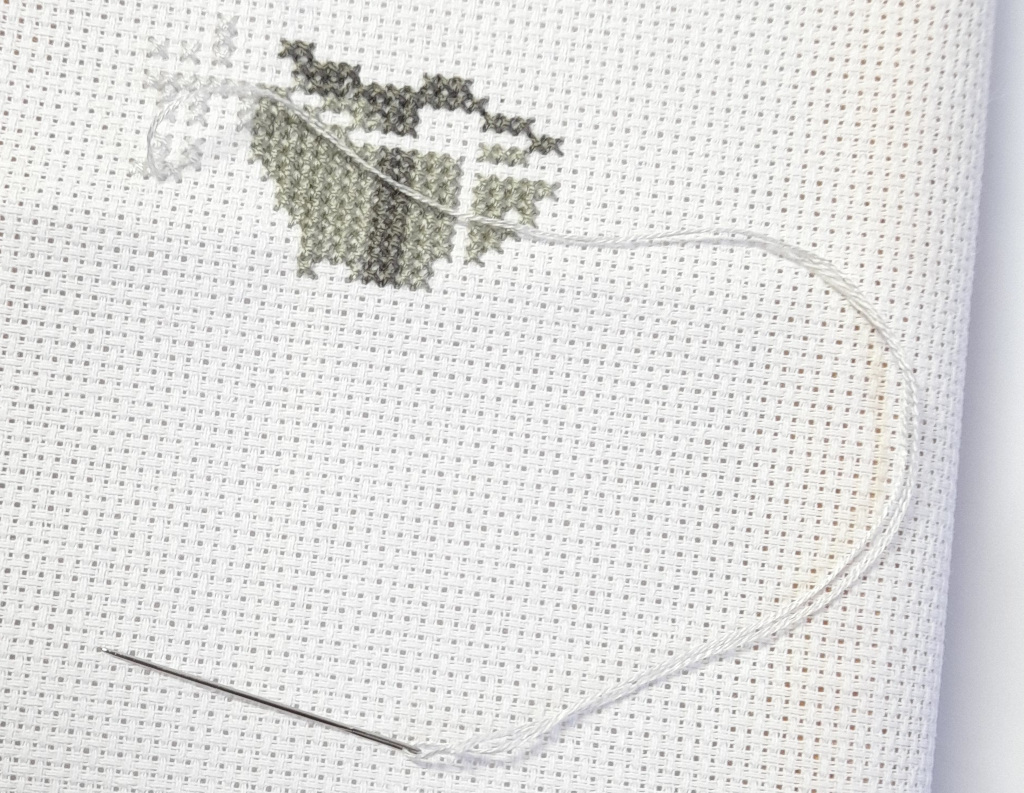
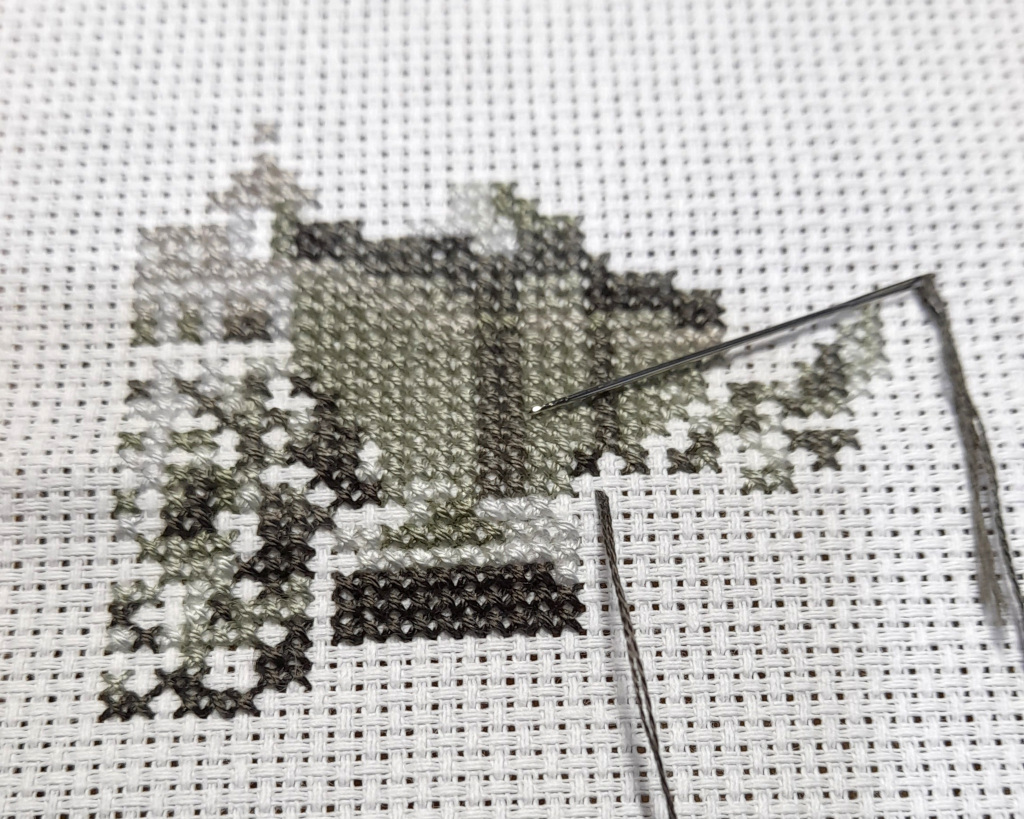
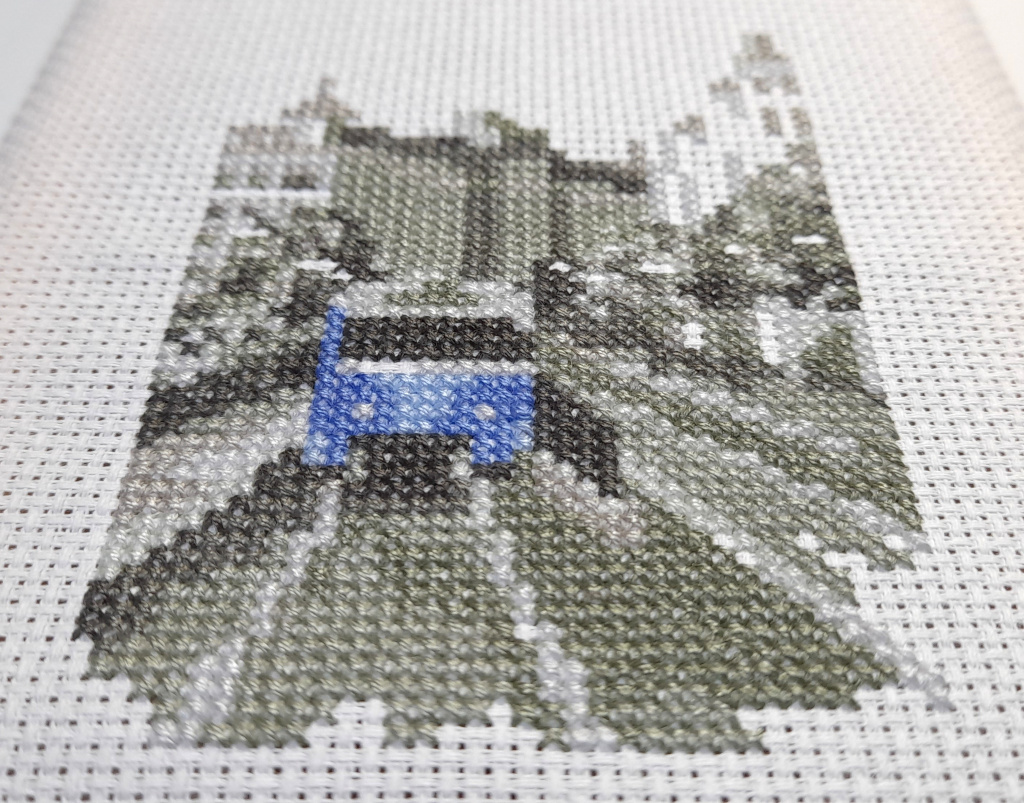
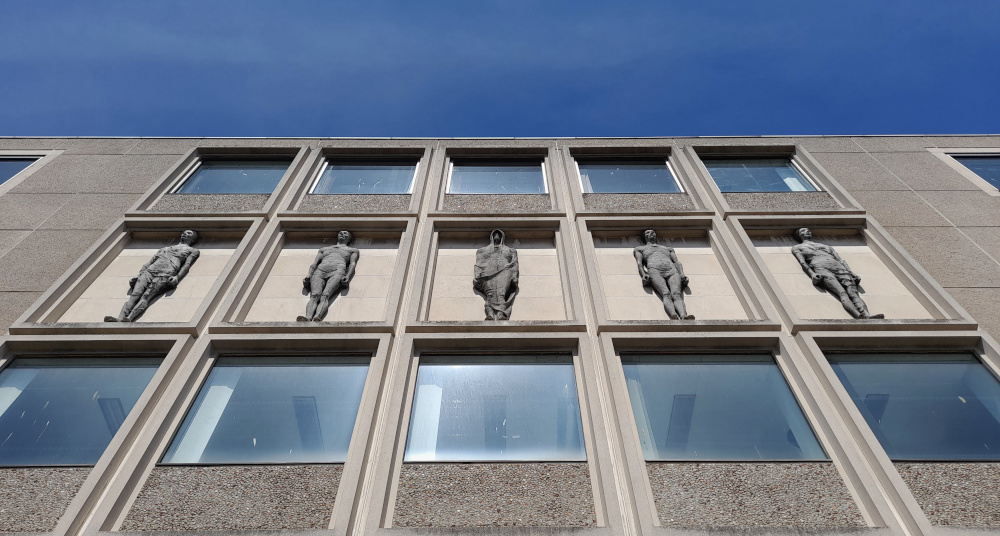

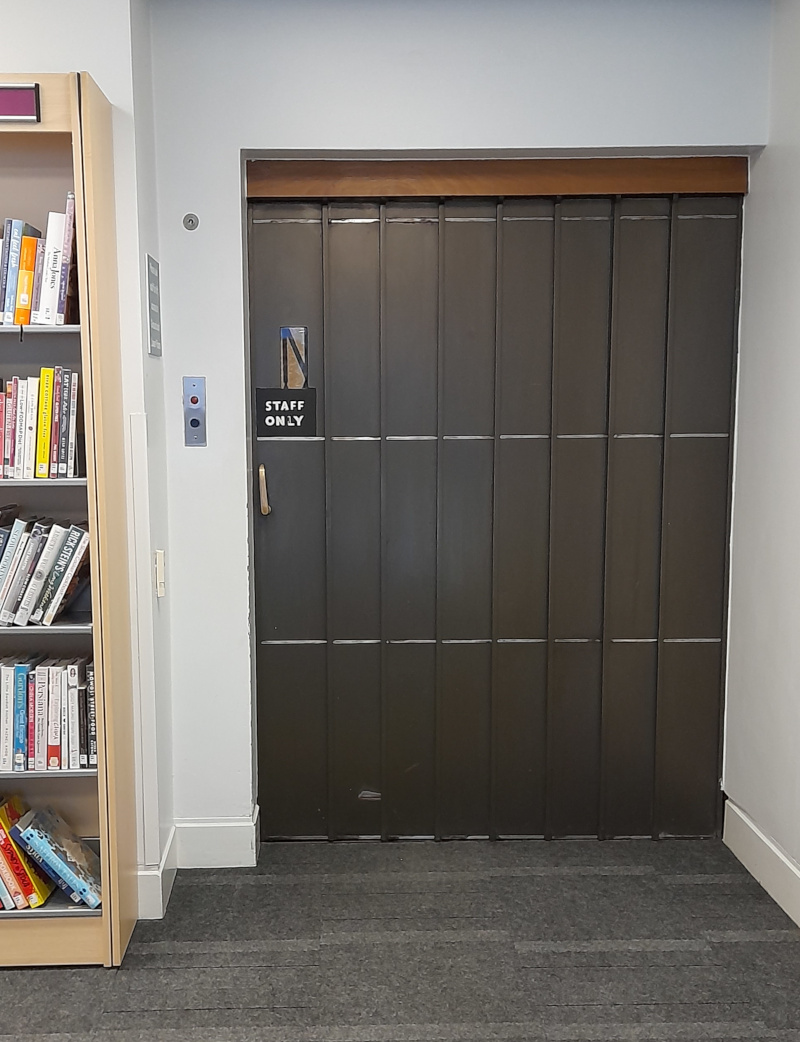
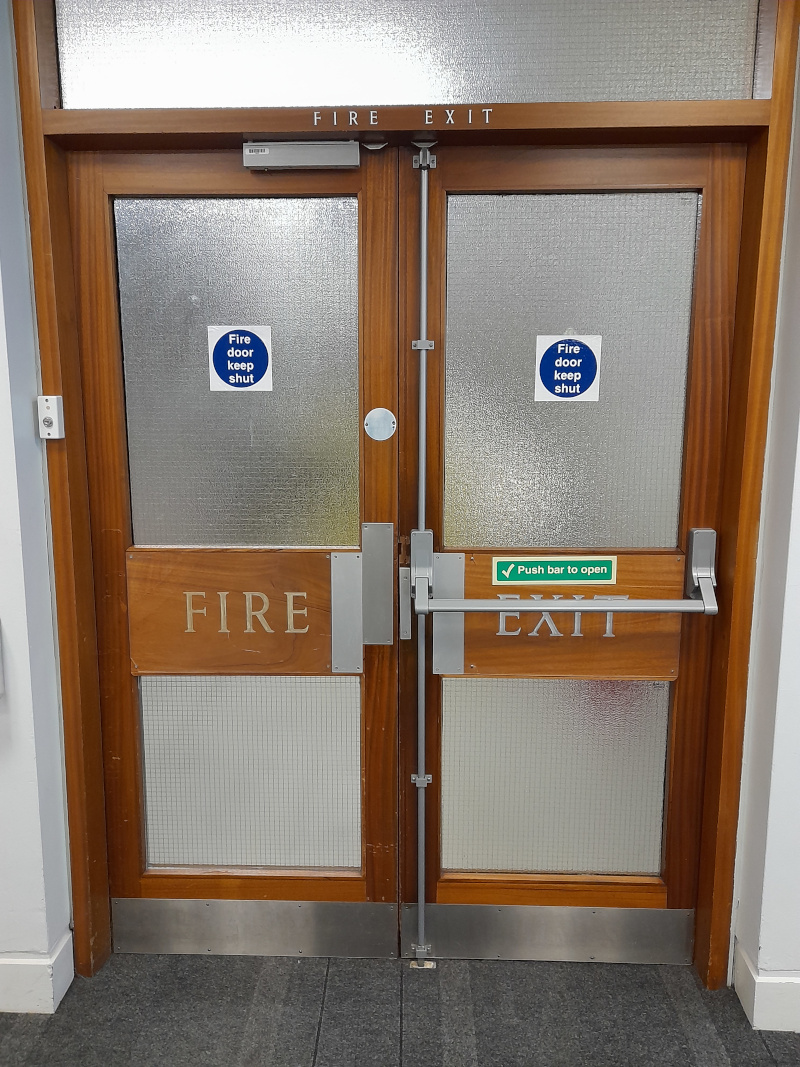
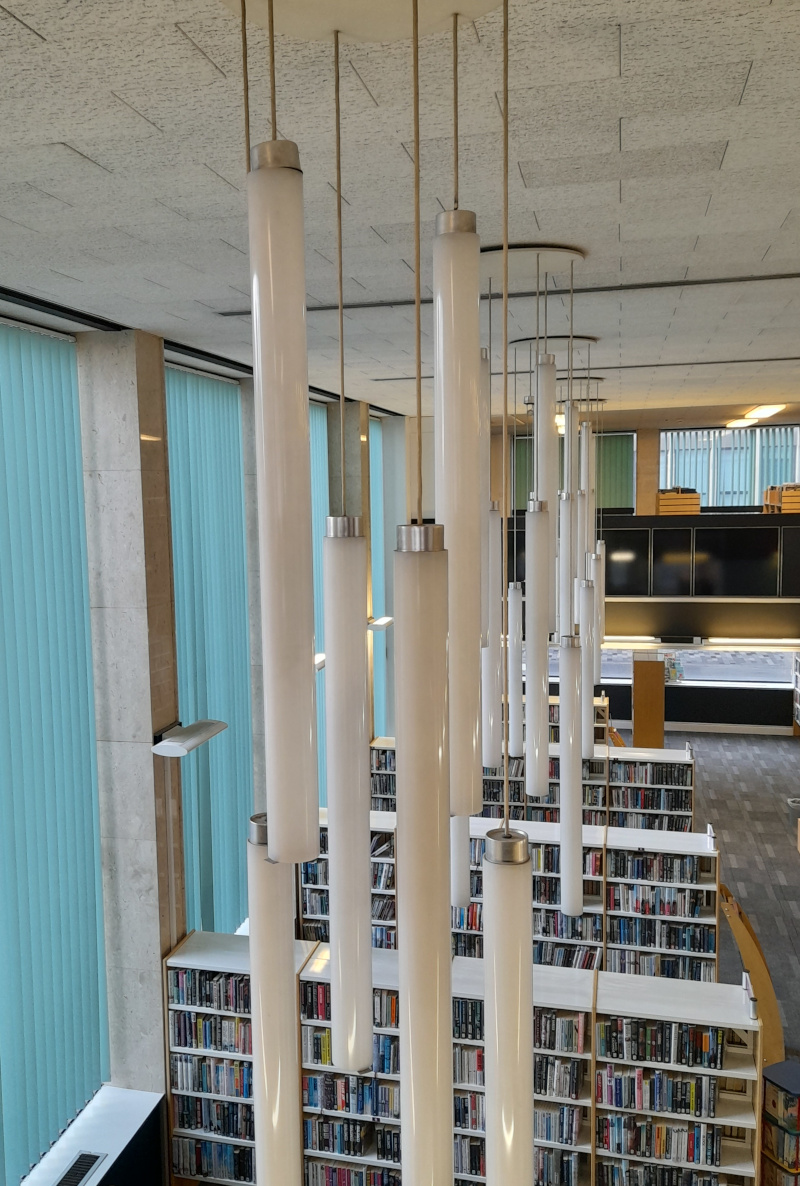
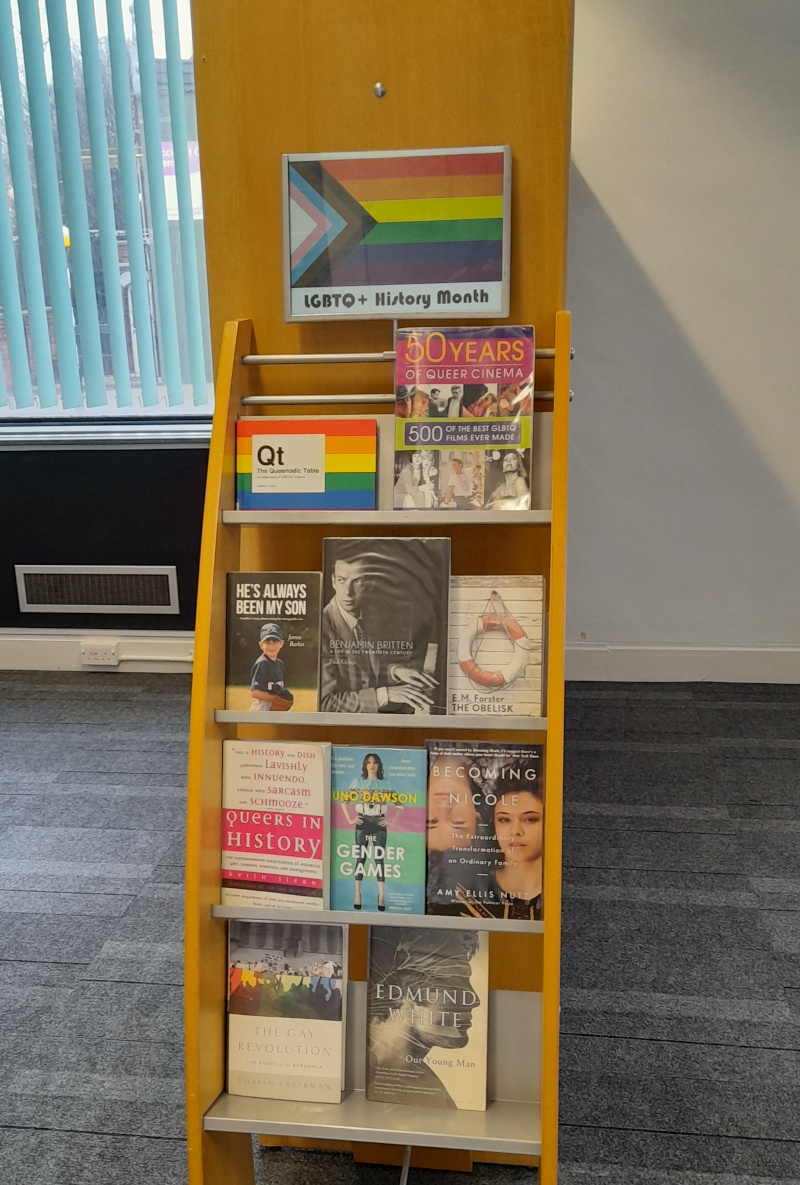
 Newer posts »
Newer posts »